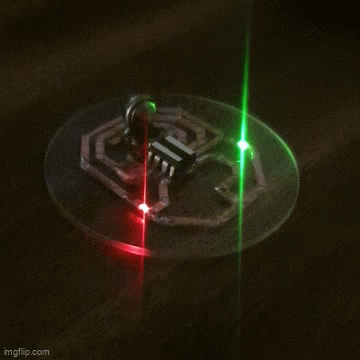Over on Instructables, [Logan Fouts] shows us the Contrib Cal GitHub desk gadget. This build will allow you to sport your recent GitHub commit activity on your wall or desk with an attractive diffuse light display backed by a 7×4 matrix of multicolor LEDs. Motivate yourself and impress your peers!
This humble project is at the same time multifaceted. You will build a case with 3D printing, make a diffuse screen by gluing and cutting, design a LED matrix PCB using KiCad, solder everything together, and then program it all with Python. The brains of the operation are a Raspberry Pi Zero W.
The Instructables article will run you through the required supplies, help you to print the case, explain how to solder the LEDs, tell how to install the heat-set inserts for high quality screw attachments, explain wiring and power, tell you about how to use the various screws, then tell you about where to get more info and the required software on GitHub: Contrib Cal v2.
Of course this diffuse LED matrix is only one way to display your GitHub progress, you can also Track Your GitHub Activity With This E-Ink Display.



















